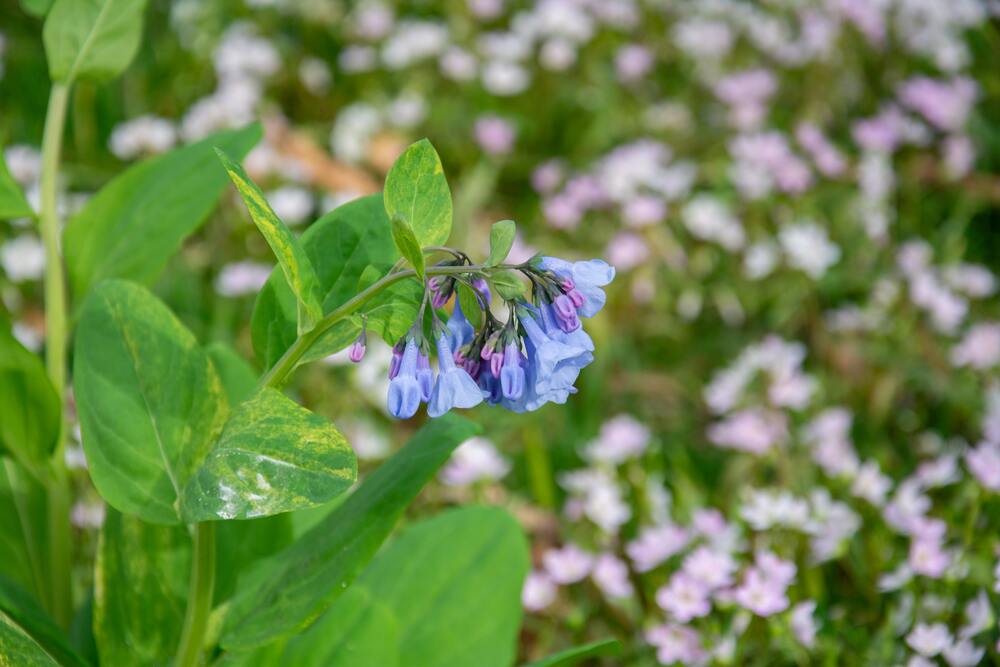A plant of many colors: Virginia bluebell

JACKSONVILLE, Ill. — With the arrival of warmer weather in the spring, we start to see signs of new life in our landscapes. Birds begin singing, our landscapes start turning green again, and spring ephemeral plants start to emerge. Among the spring ephemerals in Illinois, one of the most captivating and commonly encountered are Virginia bluebells (Mertensia virginica).
Growing Virginia bluebells
In the wild, Virginia bluebells are found in moist woodland areas, often in floodplains or along streams, where they can form large patches. They are also increasingly grown in home landscapes, where they prefer partial shade and moist, fertile soils.
Plants will begin emerging in early spring once the soil begins to warm. When foliage first pokes through the ground, it will be purple but will quickly fade to green as the leaves expand and mature. The leaves will grow to be up to 7 inches long and are soft and appear somewhat ‘floppy’. Plants will grow in clumps, reaching up to 2.5 feet tall and around a foot wide. The stems are partially hollow and break easily, so be careful when handling them.
While the foliage of the plants is attractive, it’s the flowers that steal the show. In Illinois, bluebells flower from late March to late May. They will produce clusters of bell-shaped at the end of arching stems. The flowers begin as pink buds and will turn pinkish-purple and, finally, sky-blue after they open. You may occasionally come across plants that produce all pink or even white flowers. Plants will bloom for about three weeks. Despite their beauty, bluebells, unfortunately, aren’t good candidates for cut flowers.
Bluebells and pollinators
Because bluebells bloom early in the season, they are an important food source for many pollinators, particularly bees. Due to their long tubular flowers, it can be difficult for some pollinators to access the nectar. However, some bees with longer tongues, like some bumblebees, honeybees, and mason bees, can easily access the nectar and can often be found visiting bluebells. Bumblebee queens frequently visit bluebells to search for and establish new nests in the spring.
In addition to bees, flowers of Virginia bluebells will be visited by flies, butterflies, skippers, moths, and, if they arrive in time, hummingbirds.
Gardening with ephemerals
Because of their fleeting nature, ephemerals like Virgina bluebells will leave “holes” in the landscape during the summer and fall. If you are going to be incorporating spring ephemerals, take some time to think about what will fill the holes these plants will leave behind.
Spring ephemerals can be interplanted with other shade-loving plants such as hostas, astilbe, Solomon’s seal, and ferns. As your spring ephemerals start declining, these other plants will take off and fill in the bare patches the ephemerals leave behind. Shade-loving annuals like coleus, impatiens, and begonias could also be planted; make sure to plant them before your ephemerals fade or mark where they are so you don’t damage or disturb them while planting.
Miss Clipping Out Stories to Save for Later?
Click the Purchase Story button below to order a print of this story. We will print it for you on matte photo paper to keep forever.

